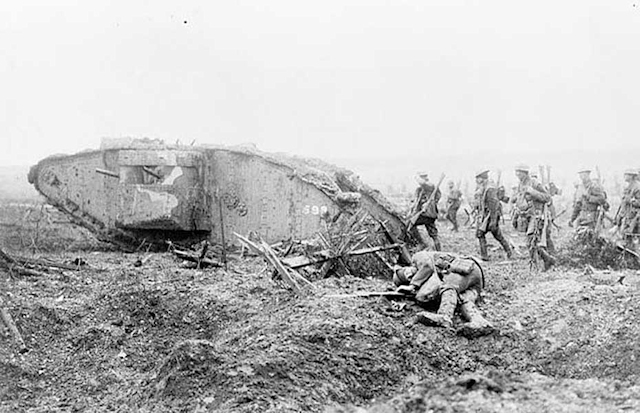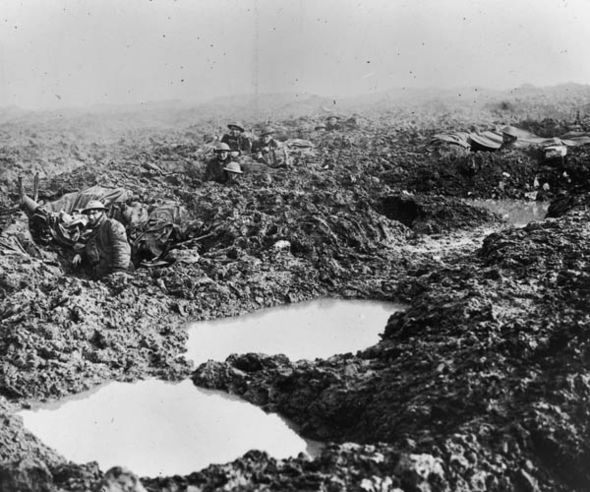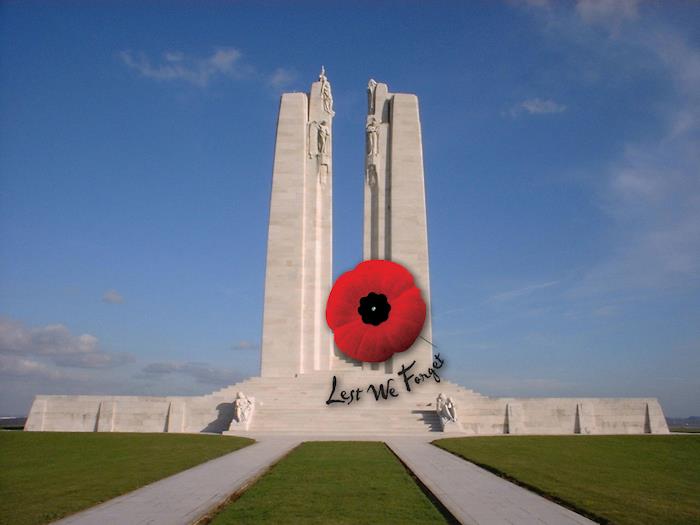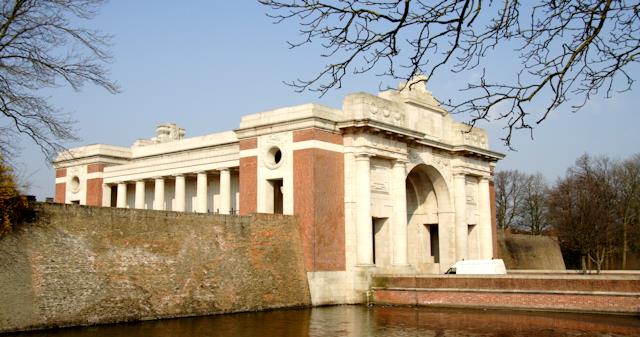November 6, 2017
Story by: C. Richard Campbell
Photographs/Video: Internet, YouTube
Yesterday, retired Lt. Colonel Bill Aikman travelled all the way from Ottawa to speak to the Simcoe Rotary Club about World War I. He focused on Vimy Ridge (Battle of Arras, 1917) and Passchendaele, 1917. This was our Remembrance Day meeting.

These two battles were defining moments for Canadian soldiers and the Generals. In the later years of this World War, Canadians were being recognized as a brave, competent force that succeeded were others hadn’t throughout the previous bloody, brutal war years. This reputation continued in World War II and the Korean war. In 1918 as the war was ending, Canada had a population of 8,148,000 and suffered 60,000 war dead.
Retired Lt. Colonel Aikman, the military historian took us through the battles. With the aid of slides, we saw the battle lines and the difficult terrain that had to be overcome.

Passchendaele became known for the scale of casualties and for the mud. There were almost 16,000 Canadian casualties. There is one slide of 7 soldiers carrying a wounded comrade on a stretcher a number of kilometres with the mud well up their legs. And this was only one wounded man! Then there is the horrifying, grainy, black and white photographs of solders manning their positions in bomb craters filled with water and mud.
We learn that Canadian grave headstones are different not only in design with the Maple Leaf but that families were allowed personal inscriptions on the stones.
“The Canadian National Vimy Memorial is a war memorial site in France dedicated to the memory of Canadian Expeditionary Force members killed during the First World War. It also serves as the place of commemoration for Canadian soldiers of the First World War killed or presumed dead in France who have no known grave.” Wikipedia

For those who have visited the Vimy War Memorial which opened in 1936, it is a magnificent tribute to the Canadian war dead. The grounds are immaculately maintained as are all our European cemeteries. Even Hitler visited the memorial during the French occupation of World War II. The retired Colonel Lt. Aikman commented that there was no damage or vandalism of the memorial during the German occupation!
We all have family and friends that served, fought and perhaps died in both World Wars and the Korean War. Each year that passes, so do the old vets. It doesn’t take much to keep the memory of their service and/or sacrifice alive. By wearing a poppy, you show that you care. Lest we Forget!
At the beginning of this story, you saw the Ypes (Belgium) Menin Gate Last Post Ceremony video. Retired Lt. Colonel Aikman played his personal copy of this moving video.

“The Menin Gate Memorial to the Missing is a war memorial in Ypres, Belgium, dedicated to the British and Commonwealth soldiers who were killed in the Ypres Salient of World War I and whose graves are unknown.” Wikipedia It contains the names of 54,896.
“The Last Post, the traditional final salute to the fallen, is played by the buglers in honour of the memory of the soldiers of the former British Empire and its allies, who died in the Ypres Salient during the First World War. It is the intention of the Last Post Association to maintain this daily act of homage in perpetuity.” YouTube
